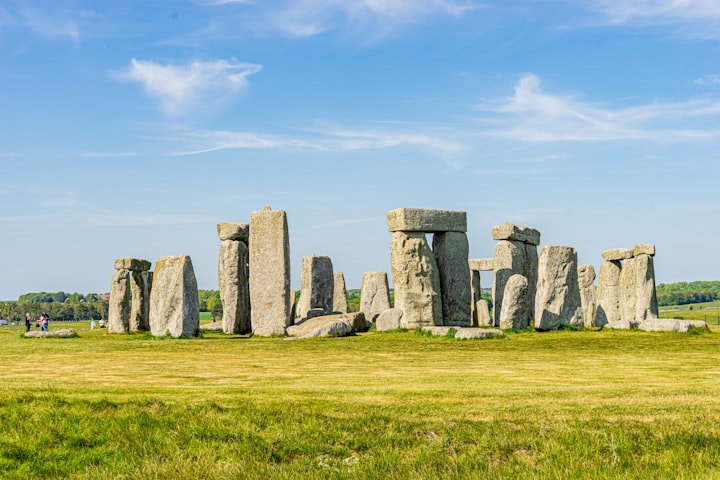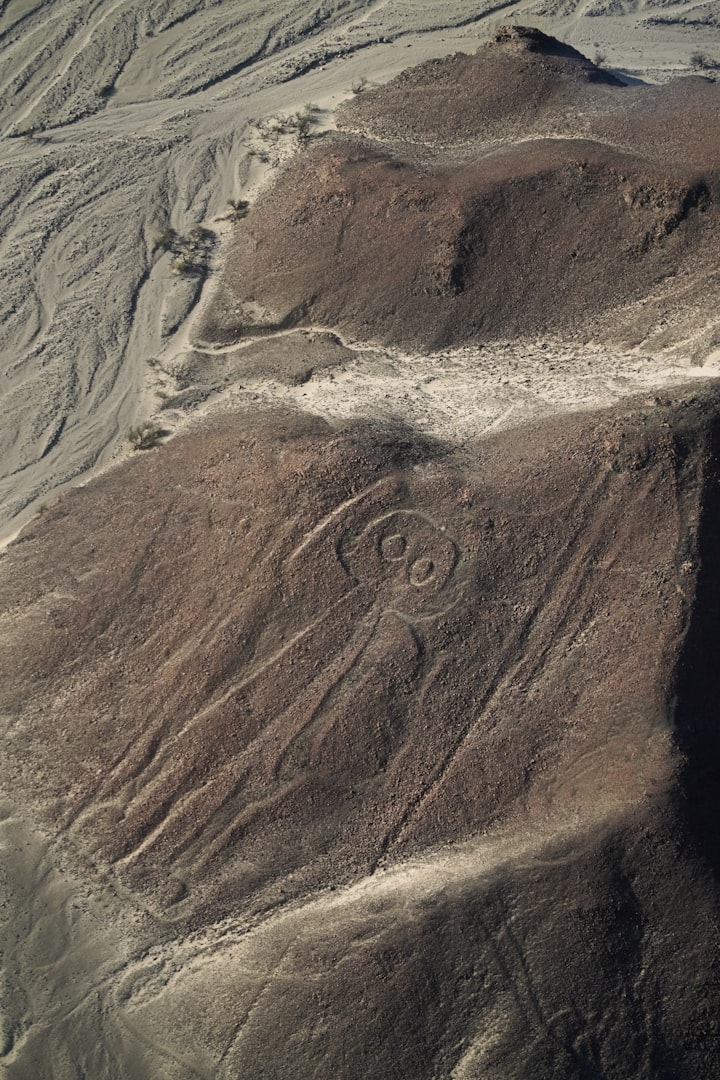Stonehenge: Unlocking the Mysteries of an Ancient Wonder
Exploring the Origins, Construction, and Purpose of Stonehenge
Stonehenge, the enigmatic prehistoric stone monument located in Wiltshire, England, has captivated the human imagination for centuries. Its awe-inspiring structure and mysterious origins continue to intrigue archaeologists, historians, and curious minds alike. In this essay, we will delve into the fascinating origins of Stonehenge, explore the construction methods employed by its ancient builders, and attempt to unravel the purpose behind this enduring symbol of human ingenuity and spiritual significance.
Origins of Stonehenge
The origins of Stonehenge can be traced back over 5,000 years to the Neolithic period, around 3000 BCE. Its construction unfolded in three distinct phases, with the monument gradually evolving from a simple circular ditch to the awe-inspiring stone structure we see today. The initial builders, likely an agrarian society, would have been familiar with basic engineering techniques.
Construction Methods
One of the most remarkable aspects of Stonehenge is the transportation and arrangement of the massive stone blocks. The bluestones, weighing up to four tons each, were quarried in southwestern Wales, approximately 240 miles away. Transporting these stones would have required tremendous effort and ingenuity.
Recent research suggests that the builders utilized a combination of techniques involving sledges, ropes, and possibly even rafts. It is speculated that they exploited natural waterways to float the stones on rafts for part of the journey, reducing the strain of overland transportation. This meticulous planning and execution speak to the resourcefulness and determination of the Neolithic people.
As the construction progressed, larger and heavier sarsen stones, some weighing up to 50 tons, were brought from the Marlborough Downs, located about 20 miles north of Stonehenge. These impressive stones were meticulously shaped and arranged, with tenon and mortise joints connecting them. The precision with which these stones were fitted together is a testament to the mathematical and engineering skills of the builders.
Purpose of Stonehenge
Despite extensive research and speculation, the true purpose of Stonehenge remains shrouded in mystery. However, several theories have emerged over the years. One prevailing belief is that Stonehenge served as a religious or ceremonial site. The alignment of the monument with the movements of the sun during the solstices suggests an astronomical connection, with the site possibly used for observing and marking important celestial events.
Another theory suggests Stonehenge was a burial ground, with numerous cremated human remains discovered nearby. This notion is supported by the monument's alignment with significant sunrise and sunset points during specific times of the year, possibly signifying an association with death and rebirth.

Age and Timelessness:
Stonehenge is estimated to be around 5,000 years old, making it older than the Great Pyramids of Egypt. Its enduring presence and timeless appeal continue to fascinate people from all walks of life, connecting us to our ancient past and inspiring a sense of wonder.
Mysterious Stone Origins:
The massive stones used in the construction of Stonehenge have distinct origins. The smaller bluestones, weighing several tons each, were transported all the way from the Preseli Hills in Wales, approximately 240 miles away. The transportation methods employed by the Neolithic builders to transport these stones remain a subject of ongoing debate and intrigue.
Solstice Alignment:
One of the most intriguing aspects of Stonehenge is its alignment with the movements of the sun during solstices. During the summer solstice, the rising sun aligns perfectly with the Heel Stone outside the monument, illuminating the central Altar Stone. This alignment suggests that Stonehenge served as a significant celestial observatory, possibly used for rituals and marking the changing seasons.
Multiple Construction Phases:
Stonehenge was not built in a single phase but evolved over time through three major construction phases. The monument began as a circular ditch and bank, known as a henge, with the bluestones being added in the second phase. The final phase saw the introduction of the massive sarsen stones and the formation of the iconic trilithons, creating the awe-inspiring structure we see today.
Worldwide Cultural Significance:
Stonehenge's impact extends far beyond England's borders. It has become a global symbol of ancient architecture and spiritual significance. People from around the world gather at Stonehenge during solstices and equinoxes to celebrate and witness the extraordinary alignment of the sun with this ancient monument. Its cultural significance has earned it a place as a UNESCO World Heritage Site.
Stonehenge's age, mysterious stone origins, solstice alignments, multiple construction phases, and global cultural significance all contribute to its enduring allure and make it a truly remarkable and captivating wonder of the ancient world. Stonehenge stands as a testament to the capabilities of our ancient ancestors and their deep connection to the natural world. The origins, construction methods, and purpose of this prehistoric stone monument continue to elude us, leaving ample room for imagination and ongoing exploration. Stonehenge's enduring enigma will undoubtedly continue to fascinate and inspire generations to come.






Comments
There are no comments for this story
Be the first to respond and start the conversation.